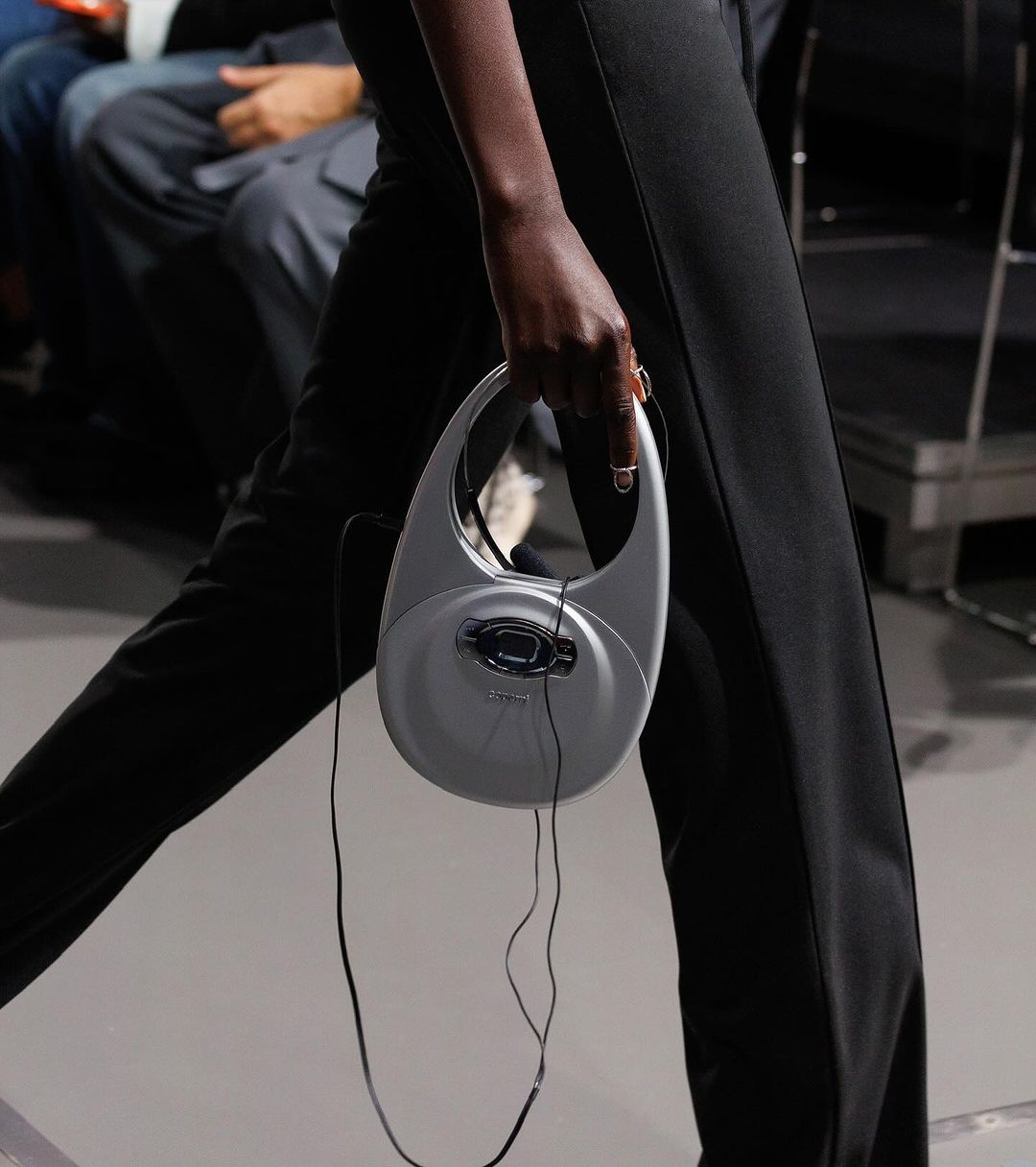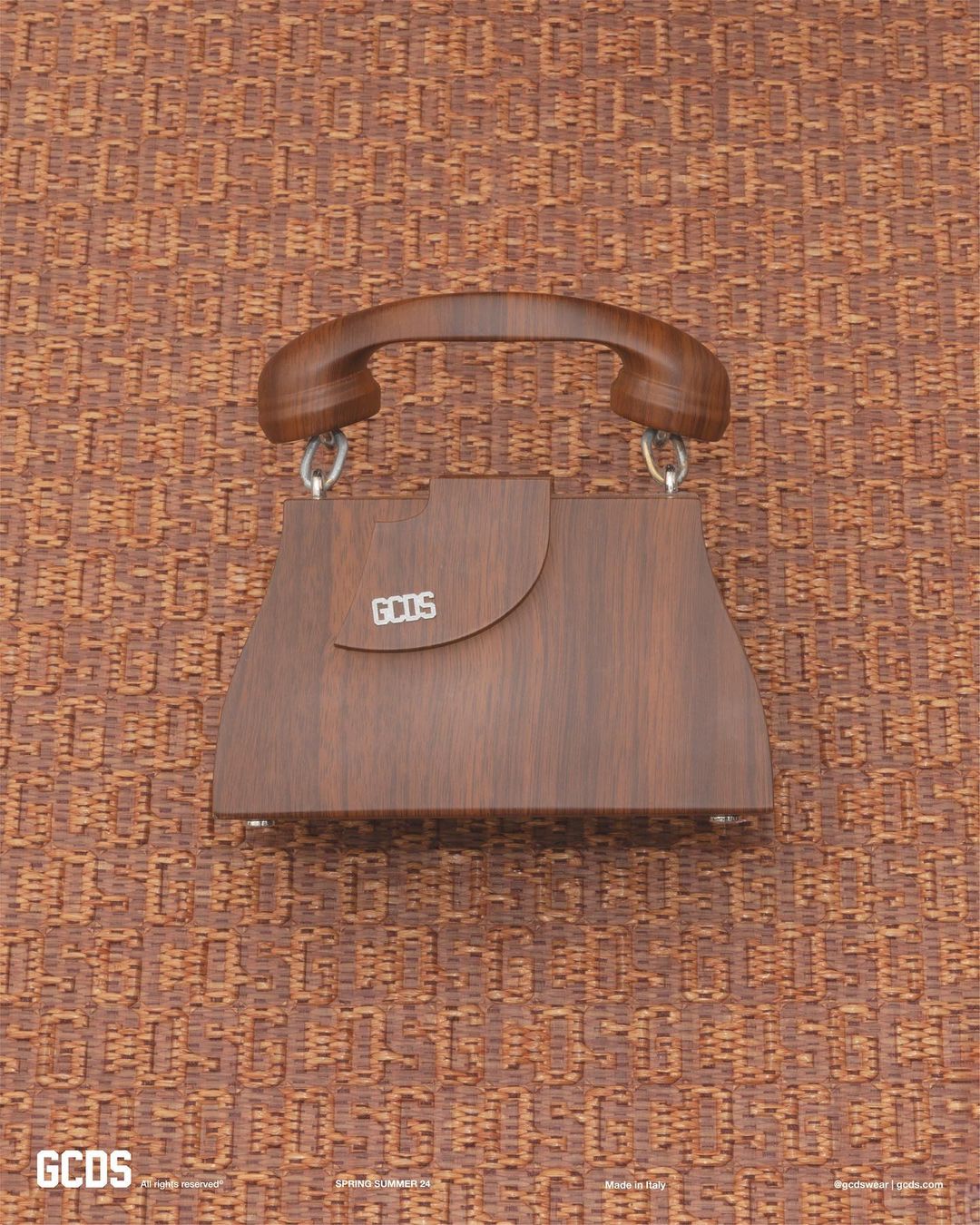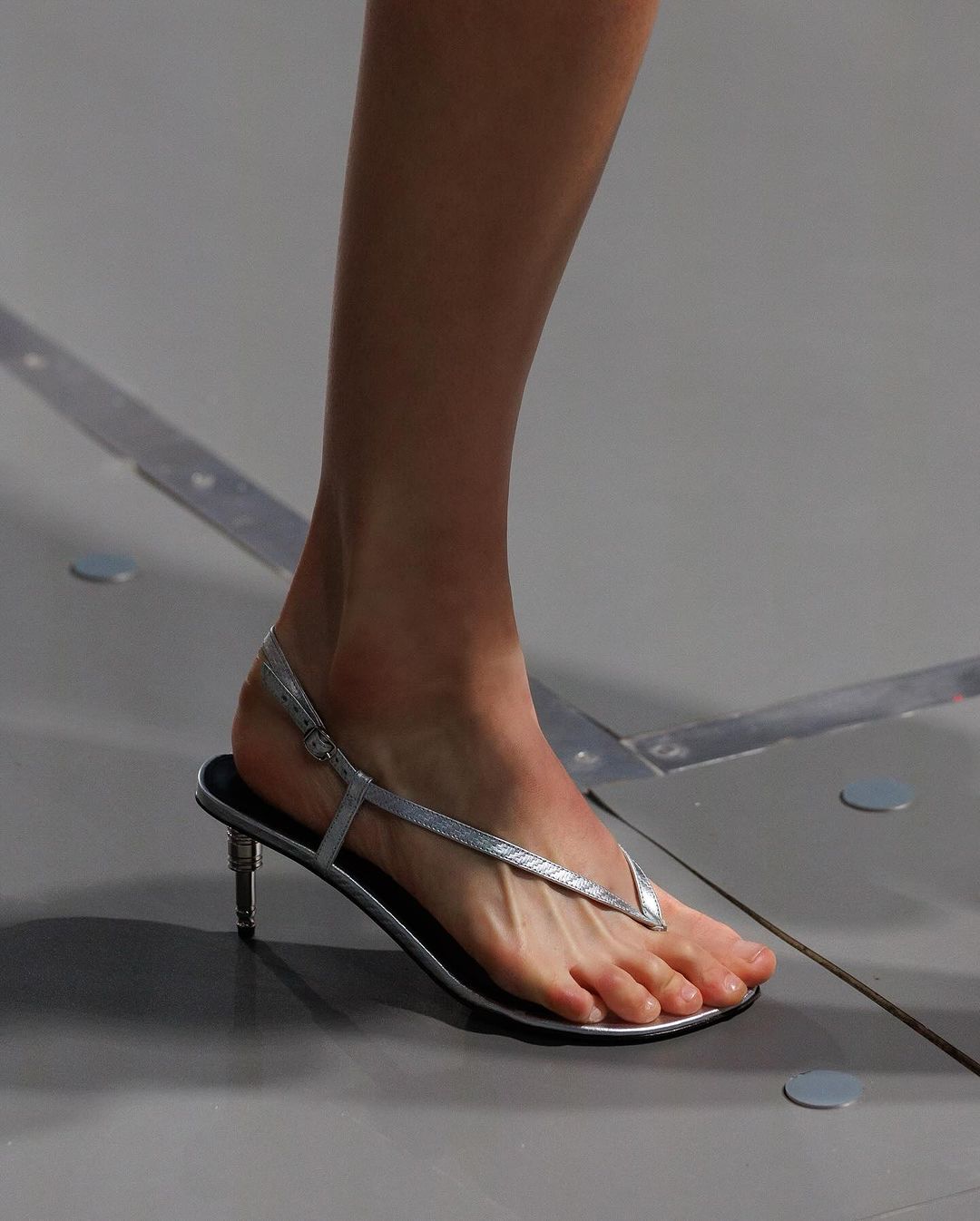Fashion Month has never been shy to lean into the provocative or evocative. Across the fashion capitals of New York, London, Milan and Paris, shows are consistently theatrical and statement-forward, pushing whatever agenda a house’s creative director deems should be a message for the season. Past seasons have seen radical runway stunts in the shape of sprayed-on dresses or collapsing models, dress and sets; as per Coperni and Aavav’s modus operandi respectively. By way of more than just the formulaic, albeit successful, stardom-plus-collaboration draw, provocation revealed itself this season in perhaps what can be considered the most mundane.
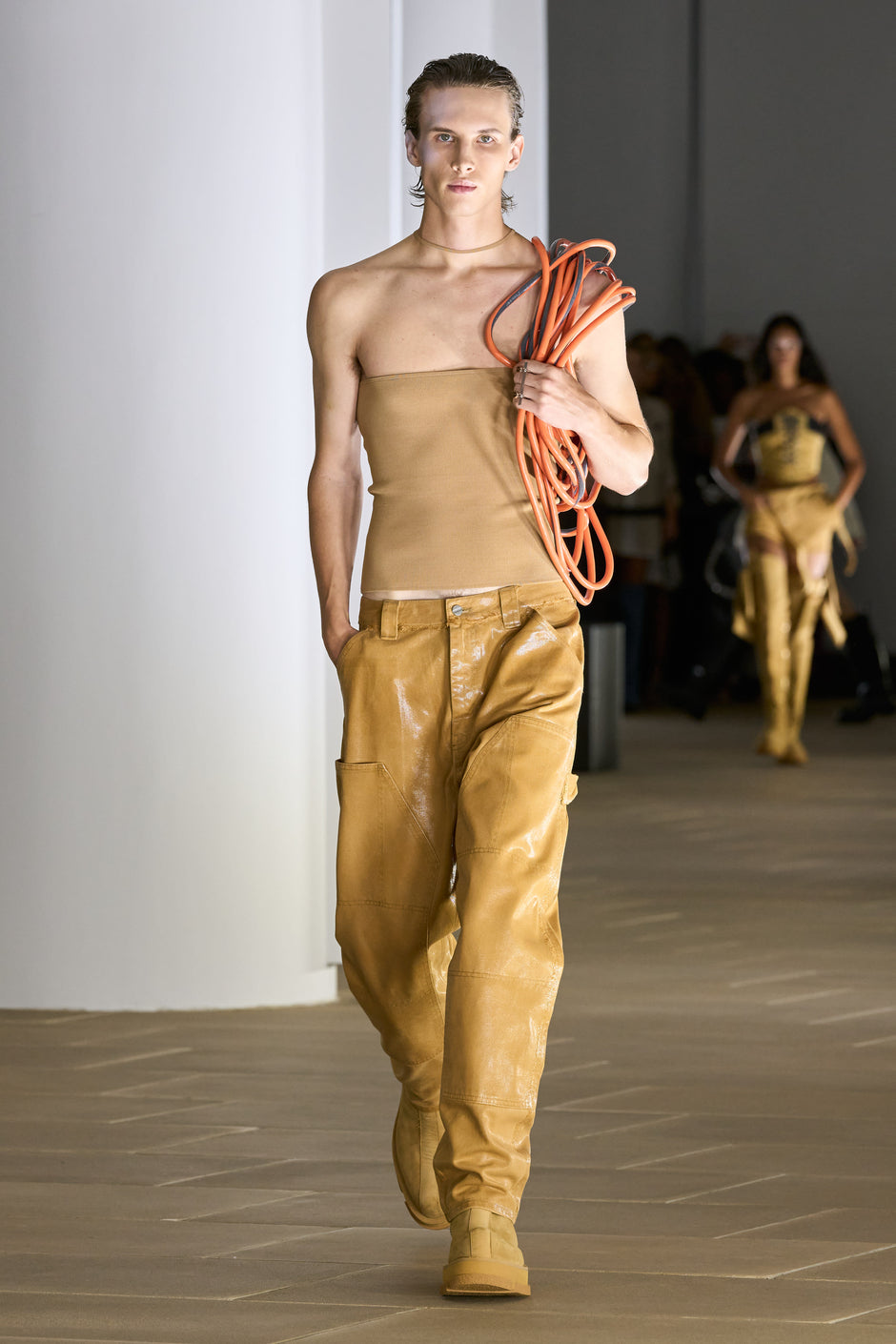 Prosaic items received a new lease of life as designers turned to surrealist invention. An effectual code in drawing eyeballs — Elsa Schiaparelli did it first with a trompe l’oeil signature — surrealist tendencies have long persisted in fashion. Ubiquitously, Rene Magritte’s philosophy (“This Is Not A Pipe”) has directed a glorification of the otherwise conventional, especially for spring/summer ’24. Inane creations now own the runway: Japanese label Undercover presented terrarium dresses, Coperni materialised music into aux-jack heels and CD-player bags, and GCDS honoured the humble handset. Jonathan Anderson took to Loewe to craft nail belts, and then to his namesake label JW Anderson to create hoodies and shorts in the shape of plasticine. Maison Margiela and Balenciaga had entries as expected too — creating lampshade hats and tablecloth sets.
Prosaic items received a new lease of life as designers turned to surrealist invention. An effectual code in drawing eyeballs — Elsa Schiaparelli did it first with a trompe l’oeil signature — surrealist tendencies have long persisted in fashion. Ubiquitously, Rene Magritte’s philosophy (“This Is Not A Pipe”) has directed a glorification of the otherwise conventional, especially for spring/summer ’24. Inane creations now own the runway: Japanese label Undercover presented terrarium dresses, Coperni materialised music into aux-jack heels and CD-player bags, and GCDS honoured the humble handset. Jonathan Anderson took to Loewe to craft nail belts, and then to his namesake label JW Anderson to create hoodies and shorts in the shape of plasticine. Maison Margiela and Balenciaga had entries as expected too — creating lampshade hats and tablecloth sets.
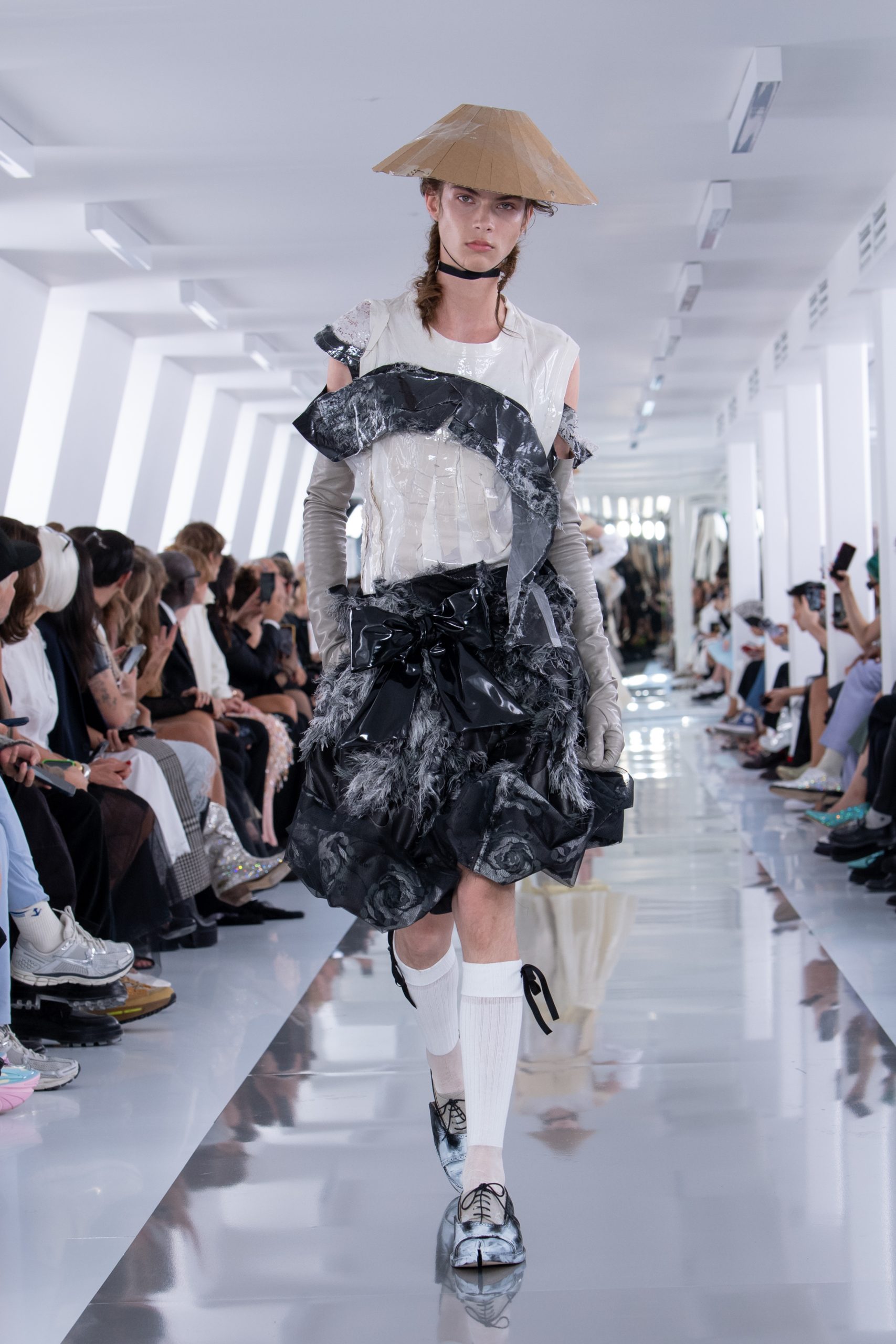
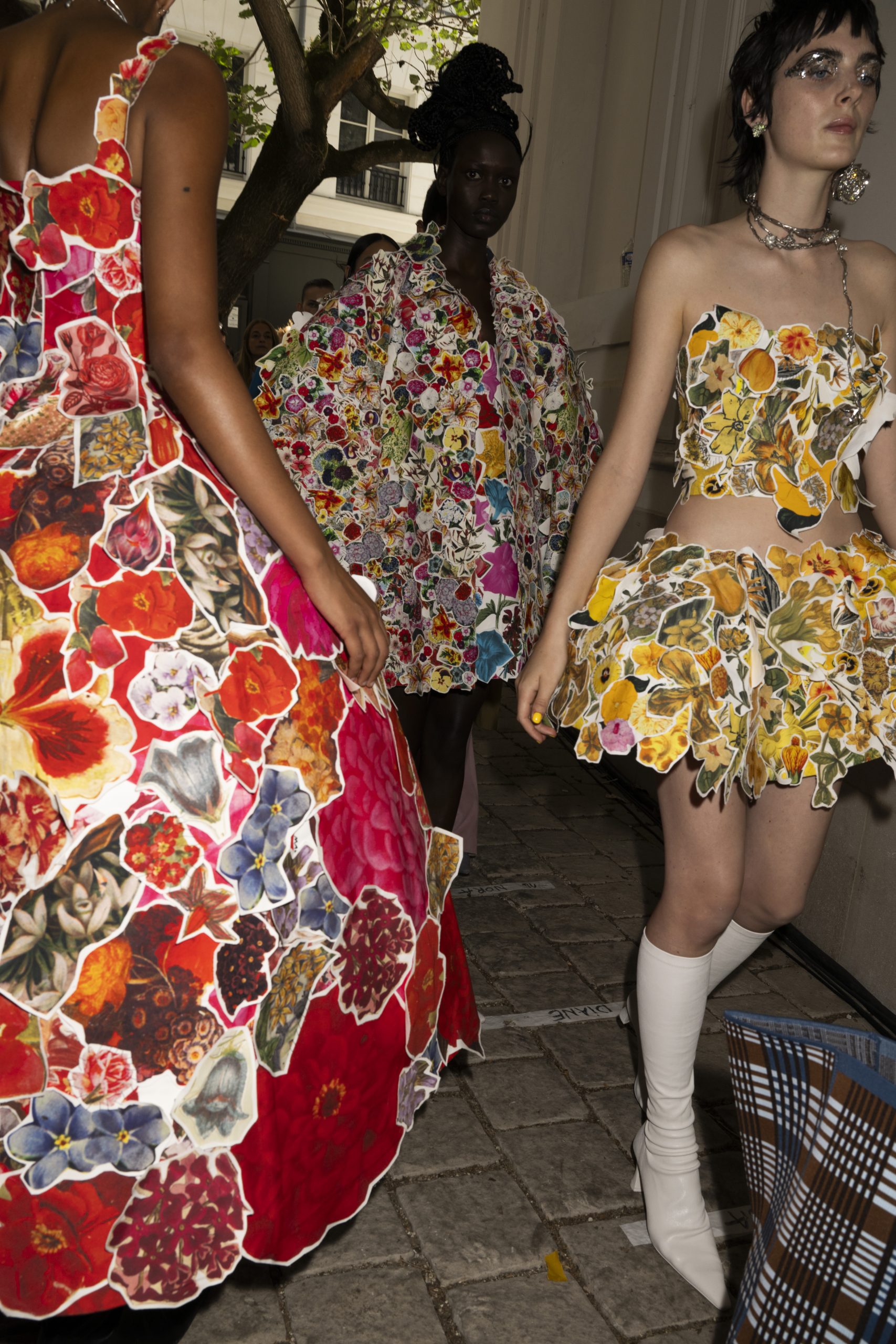
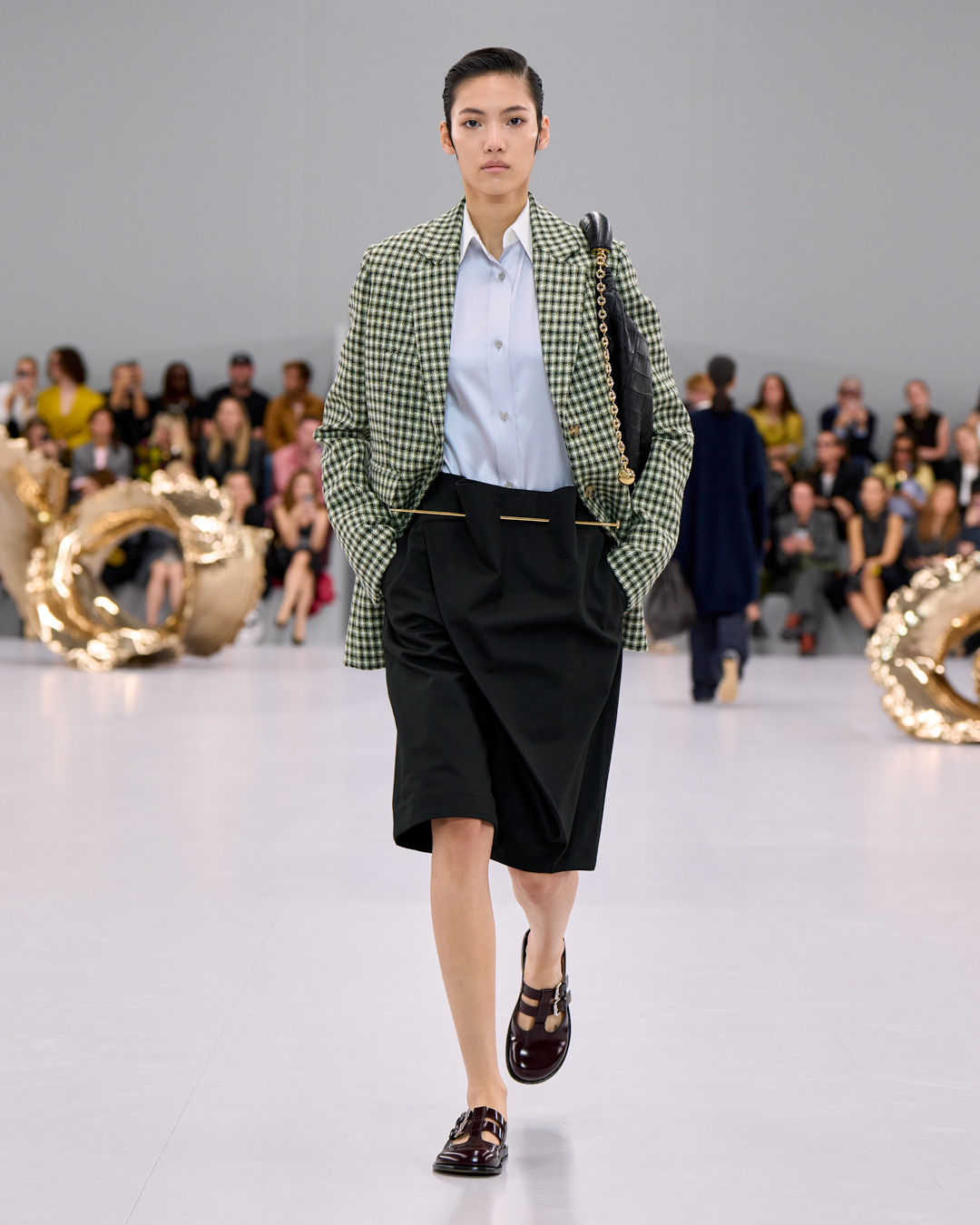
Such novelties were more than just a treat for the eyes, though. In fashioning home objects into wearables, designers have found a way to immortalise their collections, and henceforth, themselves into their brands’ legacies, partially in thanks to the longevity of the digital footprint.
To categorise such novelties as strokes of genius or otherwise, thinly-veiled gimmicks, however, would be difficult. There is definitely merit in attempting the wild and the wacky, and to subvert the hoity-toity of high fashion is now to be expected from a burgeoning array of creative directors that design with the intent of democratisation. Such creations could be scrutinised, on one hand, for glorifying the working-class; or idolised, on the other, for providing variance to otherwise typical make-ups of taffeta, nylon or leather.
But instead of questioning objectives of high-ranking design teams, the question of why objects should be confined to purposes ascribed upon original creation prevails. After all, jeans were first fashioned in the make of an utilitarian uniform, but have evolved to exist as couture icons. There is value in subversion, especially when there is more value than ever in the sardonic.
